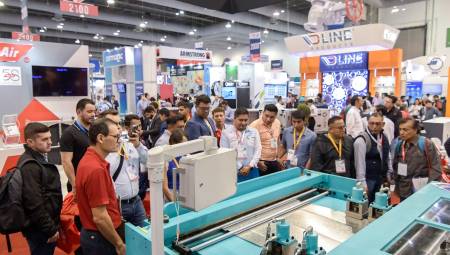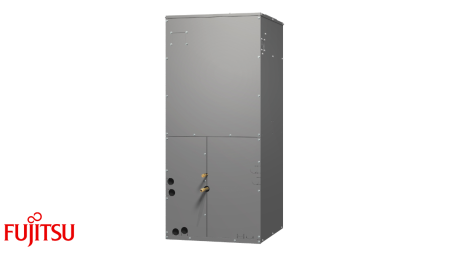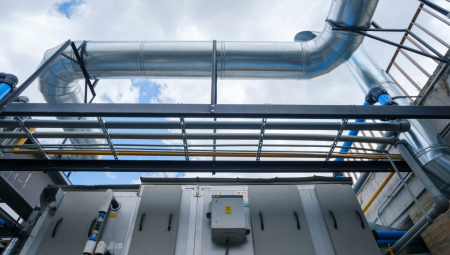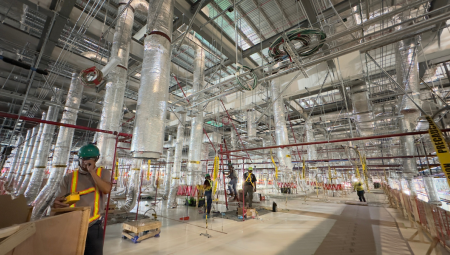There are nine types of environmental pollution, and each has detrimental effects on wildlife, human settlements, and quality of life in the affected area.
Air Pollution
Air pollution is defined as any type of air pollution that alters the physical and chemical composition of the air. This can be in the form of particles such as dust or excessive gases such as carbon dioxide or other vapors that cannot be effectively removed through natural cycles, such as the carbon cycle or the nitrogen cycle.
Air pollution comes from a wide variety of sources. Some of the most excessive sources include:
Car or manufacturing exhausts
Wildfires, volcanic eruptions, dry soil erosion, and other natural sources
Construction or demolition of buildings
Depending on the concentration of air pollutants, several effects can be noticed. Increased smog, increased acid rain, crop depletion from lack of oxygen, higher rates of asthma, and global warming are all linked to air pollution.
Water Pollution
Water pollution involves any contaminated water, whether from chemicals, particles or bacterial matter that degrade water quality and purity. Water pollution can occur in oceans, rivers, lakes, and underground reservoirs, and can spread in different water sources.
Increased sediments from soil erosion
Inadequate waste and garbage disposal
Filtration of soil contamination into the water supply
Decomposition of organic material in the water supply
The effects of water pollution include reducing the amount of drinking water available, reducing water supplies for crop irrigation, and affecting fish and wildlife populations that require water of a certain degree of purity for survival.
Soil Pollution
Among the types of pollution is soil pollution, or soil pollution, is soil pollution that impedes natural growth and balance in the land if used for cultivation, housing, or preserving wildlife. Some of the soil contamination, such as the creation of landfills, is deliberate, while much more is accidental and can have widespread effects.
The sources of soil pollution are:
Hazardous waste and wastewater spills
Unsustainable agricultural practices, such as the intensive use of inorganic pesticides
Open pit mining, deforestation and other destructive practices
Household garbage dump
Soil pollution can lead to lack of growth and decreased crop yields, loss of wildlife habitat, water and visual pollution, soil erosion and desertification.
Noise pollution
This type of pollution refers to undesirable levels of noise caused by human activities that alter the standard of living in the affected area. Noise pollution can come from:
Traffic
Airports
Railways
Manufacturing plants
Construction or demolition
Concerts
Some types of noise pollution may be temporary while other sources are more permanent. Effects may include hearing loss, wildlife disorders, and a general degradation of lifestyle.
Radioactive contamination
Radioactive contamination is one of the types of contamination that is rare but extremely harmful, even deadly, when it occurs. Due to its intensity and the difficulty of reversing the damage, there are strict regulations from governments to control radioactive contamination.
Sources of radioactive contamination include:
Nuclear power plant accidents or leaks
Inadequate disposal of nuclear waste
Uranium mining operations
Radiation contamination can cause birth defects, sterilization, cancer, and other health problems for human populations and wildlife. It can also sterilize the soil and contribute to water and air pollution.
Thermal pollution
Thermal pollution is excess heat that generates undesirable effects over long periods of time. The earth has a natural thermal cycle, but an excessive increase in temperature can be considered a rare type of pollution with long-term effects. Many types of thermal pollution are limited to areas near their source, but several sources can have a greater impact on a larger geographic area.
Thermal pollution can be caused by:
Power plants
Urban sprawl
Air pollution, heat-trapping particles
Deforestation
As temperatures rise, slight climate changes can be observed, and wildlife populations may be unable to recover from rapid changes.
Light pollution
Light pollution is the excessive lighting of an area that is considered annoying. Sources include:
The big cities
Billboards and advertising
Evening sports and entertainment events
Light pollution prevents you from seeing the stars, therefore interfering with astronomical observation and personal enjoyment. If you are close to residential areas, light pollution can also degrade the quality of life of residents.
Visual pollution
Visual pollution can be caused by other types of pollution or simply by unwanted, unattractive views. It can reduce quality of life in certain areas, or it could affect property values and personal enjoyment.
The sources of visual pollution are:
Power lines
Construction areas
Billboards and advertising
Neglected areas or contaminated objects, such as vacant land or abandoned buildings
While visual pollution has few effects on health or the immediate environment, the other types of pollution that cause visual pollution can have detrimental effects.
Personal Contamination
Personal pollution is the contamination of our body and lifestyle with harmful actions. This may include:
Smoking, drinking, or drug abuse
Emotional or physical abuse
Poor living conditions and habits
Poor personal attitudes
In some cases, personal contamination can be caused by caregivers, while in other cases it is caused by voluntary actions. Taking positive steps in your life can help eliminate this and other types of pollution so it can lead to a more productive and satisfying economy.
The fight against pollution
All types of pollution are interconnected. For example, light pollution requires energy to produce, which means the power plant has to burn more fossil fuels to supply electricity. Fossil fuels contribute to air pollution, which returns to the earth as acid rain and water pollution increases. The cycle of pollution can continue indefinitely, but once we understand the different types of pollution, how they are created, and the effects it can have, you can make personal lifestyle changes to fight the bad conditions for yourself and those around you.
Authors: Val













